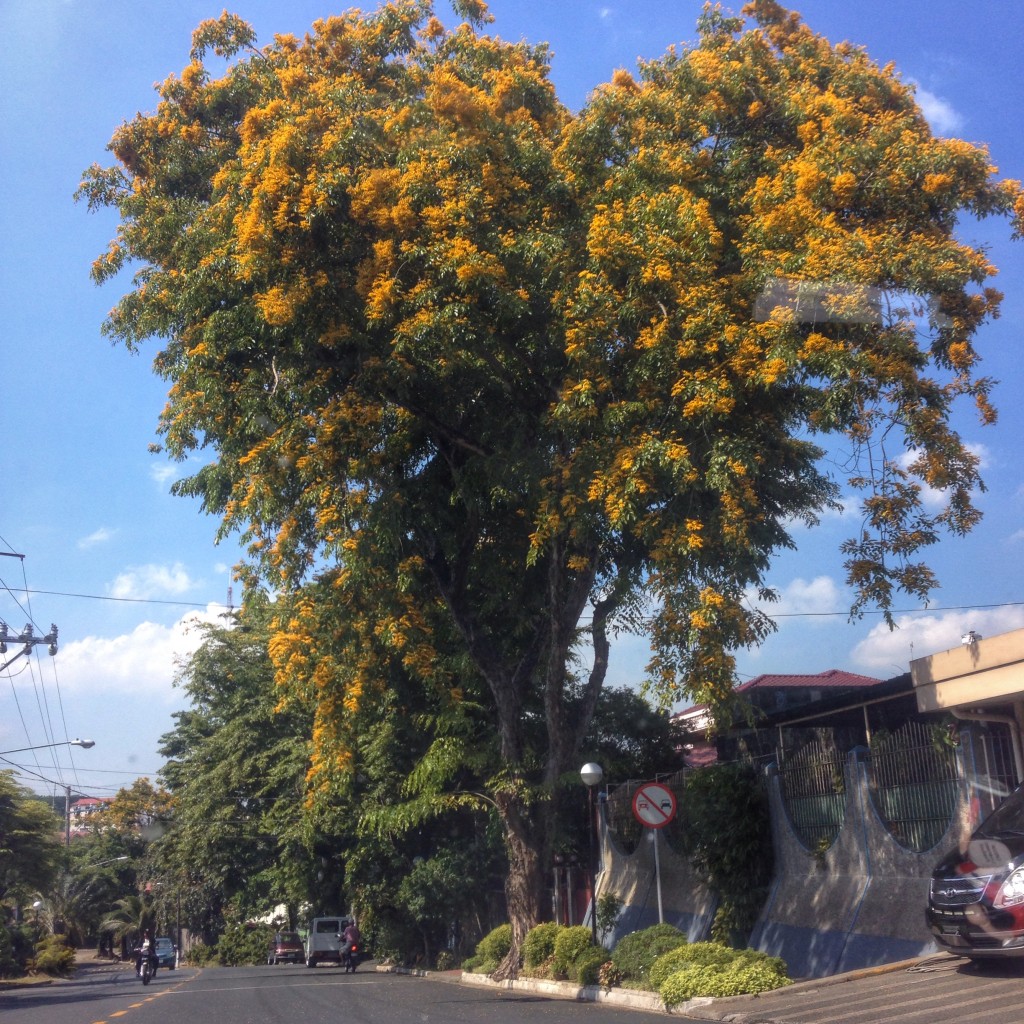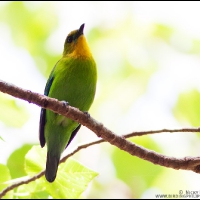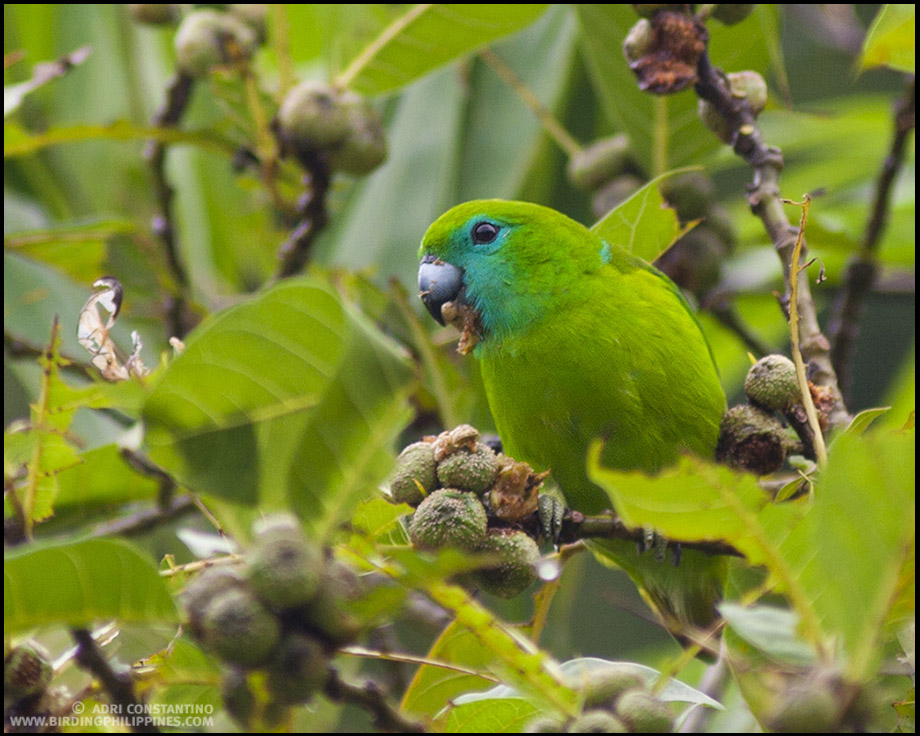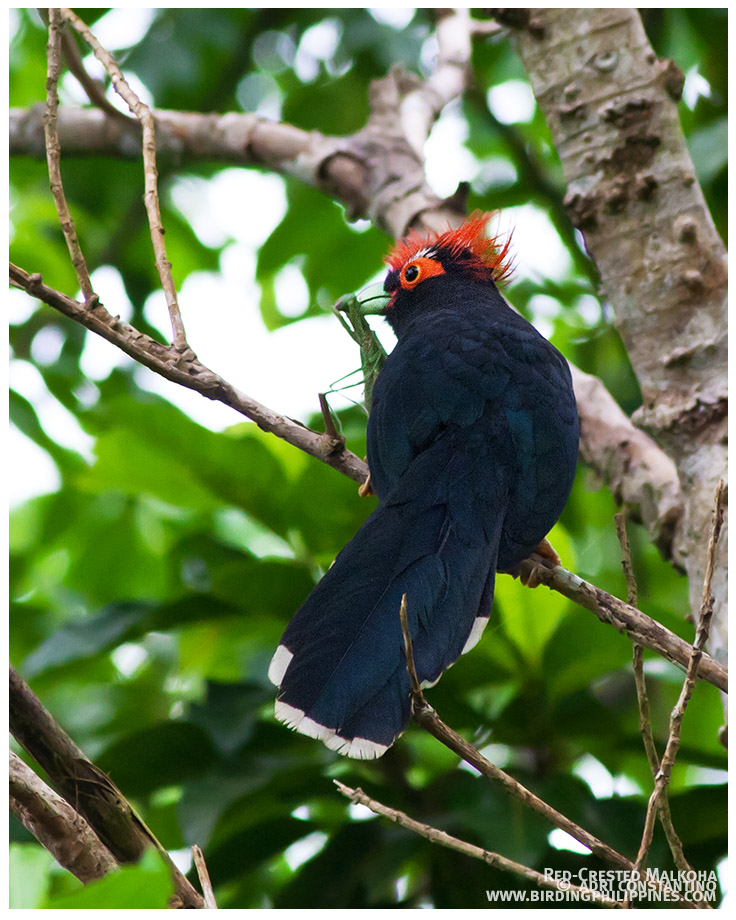Philippine (Red-vented) Cockatoo
The Philippines only has one species of cockatoo: the Philippine or Red-vented Cockatoo. It used to be widespread and ranged in the major islands of the Philippines but the rampant poaching for the illegal pet trade as well as habitat destruction lead to its decline and is now declared as Critically Endangered. Currently, the best place to see the Philippine Cockatoos in the wild is in the island of Palawan, in Rasa Island. Access to the island is restricted and is managed by one of the Philippines' top conservation organizations, the Katala Foundation (http://www.philippinecockatoo.org/)
This cockatoo was videoed eating Malunggay fruit (Moringa oleifera) in the Municipality of Narra, in mainland Palawan. The residents of Narra through the initiatives of the Katala Foundation planted Malunggay trees to provide additional food for the increasing number of cockatoos in the area. Very recently, the conservation efforts of the Katala Foundation and their partners in the local government of Narra won the 2015 GALING POOK awards, an award recognizing the top local governance programs in the whole Philippines. Thru the efforts of both the LGU of Narra and the Katala Foundation, former poachers of the Philippine Cockatoo were converted to deputized wildlife wardens and now act as guardians of the Philippines' only cockatoo as well as other wildlife in the area. From 23-25 wild cockatoos in 1998, the Rasa Island population has already plateaued at more than 200 individuals and some of them are now relocating to the Palawan mainland, hopefully to establish new populations. Definitely one of the successful conservation stories in the Philippines.
Please do help save the Philippine Cockatoo. You can do your share by supporting the Katala Foundation here.
Philippine (Red-vented) Cockatoo Cacatua haematuropygia
June 2015, Municipality of Narra, Palawan, Philippines
Video by Nicky Icarangal, JR.
Digiscoped with a Swarovski ATX 95 HD, Panasonic GH3 with Swarovski TLS-APO adapter.
Some of the text are from the Katala Foundation.






